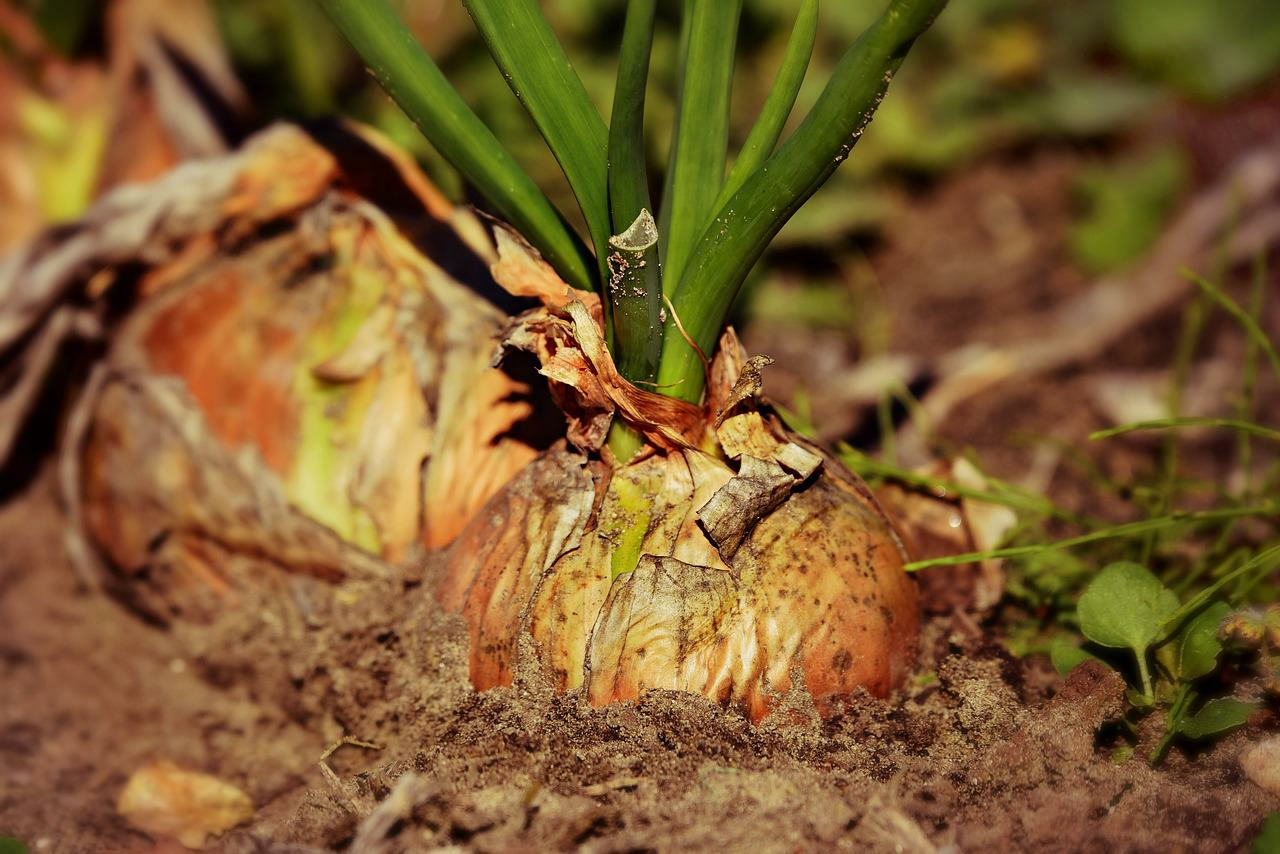
Your Garden Soil: Everything You Need to Know
Soil develops very slowly. Depending on the type of soil, it takes between 100 and 1000 years for around 1 cm/0.4 in of fertile soil to develop. Soil is therefore a very precious resource that must be treated with great care. As a gardener, it is therefore important to know the basic relationships in the soil. This article will give you an overview of the soil microcosm and macrocosm. This will help you get to know your garden soil better. There are also tips on soil improvement and soil-friendly gardening.
This Article Contains:
- The Basics of Soil Development: How Your Garden Soil Is Created
- What Is Garden Soil?
- Determine the Soil Texture in Your Garden Soil
- Get to Know Your Garden Soil
- Maintaining and Promoting Soil Fertility With Organic Gardening
- Improve garden soil
- Gardening Without Digging: No Dig Method
- Year-Round Ground Cover
- Soil-Friendly Gardening Without Chemicals
- Frequently asked questions about garden soil
Quick Overview
What is the difference between soil type & soil texture?
- Soil type: describes a specific sequence of soil horizons; not important for hobby gardeners
- Soil texture: describes soil texture (grain size and composition); distinction between heavy and light soils
Determine soil texture
- With the simple soil test
- Pointer plants
- Measure the pH value in the soil
- Depending on the soil texture and soil pH, take appropriate measures to improve the soil (goal: medium-heavy, humus-rich garden soil with a pH between 6 and 7)
Soil-friendly gardening
- Gardening without digging: No-dig method
- Year-round soil cover
- Gardening without chemicals: no chemical-synthetic fertilizers and pesticides; ecological and organic fertilization and preventive plant protection
The Basics of Soil Development: How Your Garden Soil Is Created
Soil develops through various physical and (bio-)chemical processes. The site-specific parent rock begins to weather physically on the earth's surface, e.g. through pressure, water, temperature, etc.. As the size of the particles decreases, they become available in the soil and are broken down further ((bio)chemical weathering, e.g. by acid or microorganisms).
What Is Garden Soil?
Soil is not just crushed material from the earth's crust, but combines air, water, rock and organic matter. But not only that, it is alive! If organic material is present, numerous soil organisms work together to decompose it. They diligently break down already decomposed material and thus give the soil its structure. Depending on the conditions in the soil, the climate, the vegetation, the parent rock and the water supply, different processes take place that give the soil its characteristic appearance.
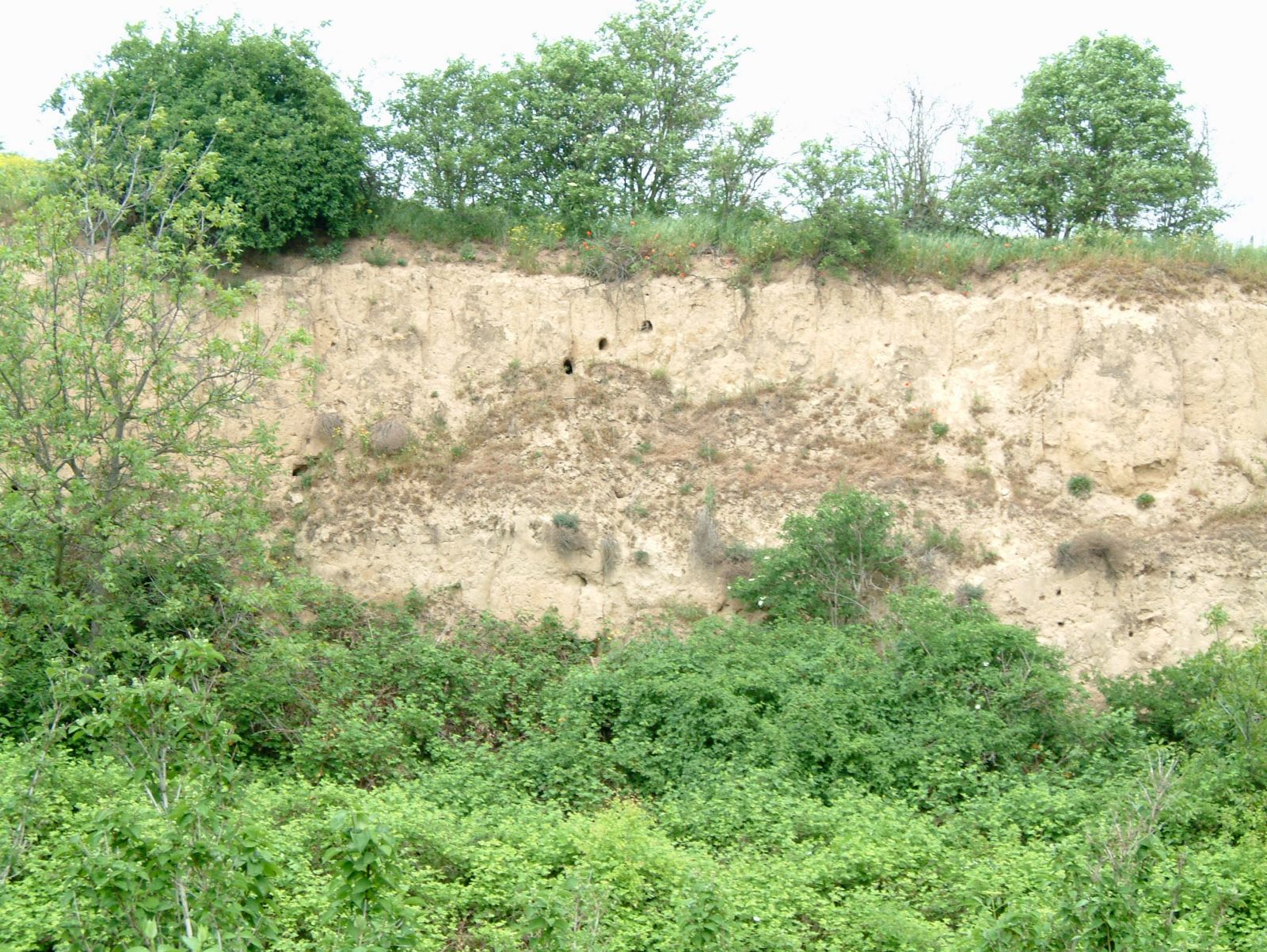
In soil science, soils are divided into different soil types based on their appearance. The sequence of different soil layers (= soil horizons) plays a decisive role here. It is not absolutely necessary to know the soil type of your garden. Which rock your garden soil is based on is specialist knowledge and not too relevant for hobby gardeners.
What is good to know, however, is the soil texture and the pH value in your soil. Both provide information about the current condition of your soil and are therefore important characteristics. You should get to know your garden soil in order to take the right horticultural measures, for example to improve the soil.
Determine the Soil Texture in Your Garden Soil
In addition to the soil type, which only describes the appearance of the soil, soils are also divided based on their textures.
The soil texture is characterized by the grain size (= particle size and composition). Depending on the ratio of sand, silt and clay, a distinction is made between light and heavy soils. The humus content as well as pore and particle size play a central role in the differentiation.
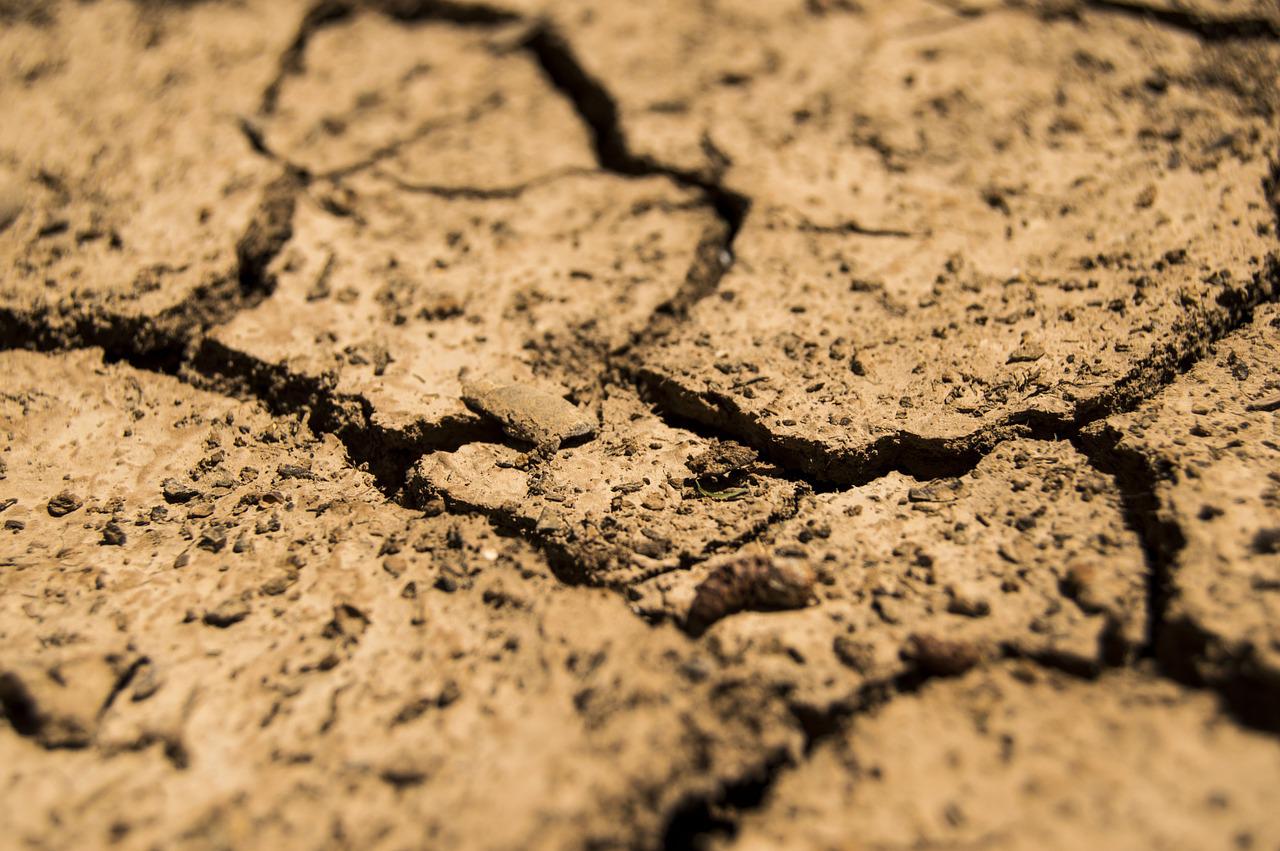
Determine Soil Texture: Simple Soil Test & Indicator Plants
To find out which garden soil you are dealing with, you can carry out a Simple Soil Test. You can find instructions in the article on this topic. Here we also explain the Difference Between Light and Heavy Soils and Their Properties.
In addition to the simple soil test, you can also find out something about your soil from the plants in your garden. Because every plant has preferences and chooses its location accordingly. You can read more about messages from the plant world through Indicator Plants in the Garden in the article on this topic. For example, you can get an idea of the pH value and water availability in your garden.

Ask Your Questions in Our Community!
If you want to exchange ideas with other gardeners and benefit from their experiences, you can visit our Fryd community. Here you can ask questions about your garden soil and get even more tips on how to improve your soil.
Join Our CommunityGet to Know Your Garden Soil
In addition to plant roots, the soil is also home to numerous soil organisms of various sizes and types - the edaphon. In addition to large organisms such as moles, voles and earthworms, an extremely large number of microscopically small creatures also live in our soil. Up to 10 billion organisms can live in one liter of soil!
Many small and large soil organisms contribute to soil formation. They work diligently to break up and mix the soil until stable humus aggregates and a soil structure are formed. The fertility of the soil is not only vital for these creatures, but also forms the basis of our existence, because without soil there is no food! In order not to endanger soil life and thus soil health and to cultivate our fields sustainably, gardeners and farmers alike must pay attention to the needs of the soil!
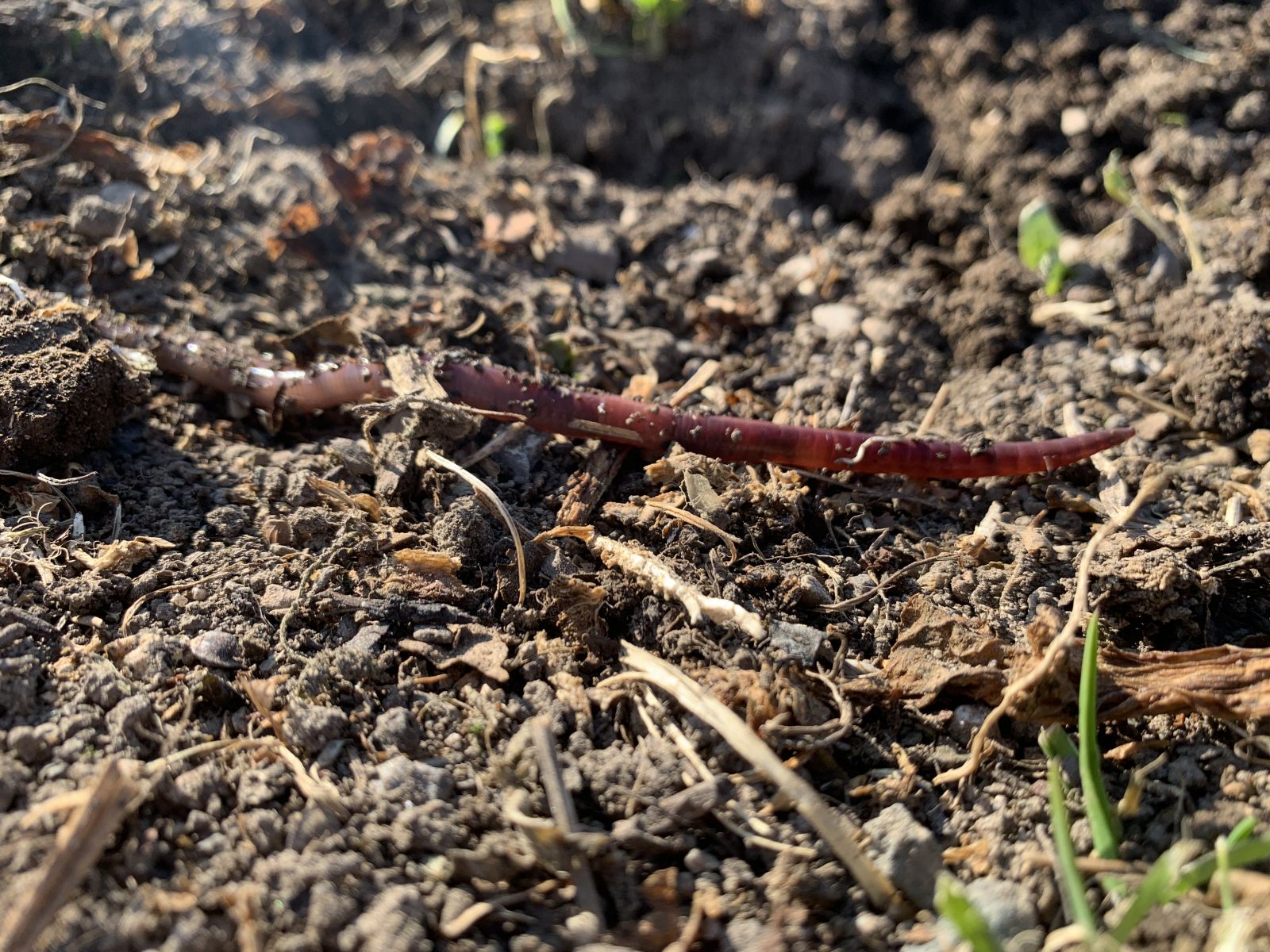
Important Helpers in the Soil: Earthworms & Co
Soil is a community of numerous living organisms: Bacteria, fungi, protozoa, nematodes, springtails, woodlice, earthworms, etc. This community forms a soil food web that is finely tuned to each other. Biological activity is closely linked to the type of gardening. Tillage and cultivation can disrupt soil life, but the vegetation cover and its diversity also play an important role. Soil is a super complex system, and research into it is still in its infancy. However, in order to garden in a soil-friendly way, you should understand the fundamental relationships and consider the soil as a whole.
Bacteria & Fungi Are at the Beginning of the Soil Food Web
These tiny organisms feed partly on dead organic matter and to a large extent on the root excretions of plants. This is why most bacteria live in the part of the soil in which the roots grow (= rhizosphere). Their activity and existence is closely linked to the plants in a location. A plant cover that is as diverse as possible and above all year-round is good for promoting soil life.
There are inhabitants with different responsibilities: Decomposers (e.g. actinomycetes), mutualists (e.g. nodule bacteria, mycorrhiza), pathogens and other bacteria that do not feed on organic matter. In addition, the small soil inhabitants are in turn food for protozoa such as amoebae and ciliates, but also earthworms. This is how the soil food web begins and continues from the microcosm to the macrocosm of the soil.
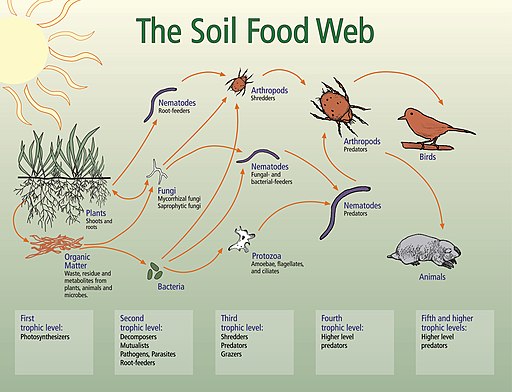
Maintaining and Promoting Soil Fertility With Organic Gardening
Soil fertility is an important pillar of organic gardening. This is because healthy soil creates a basis for gardening, without which sustainable and organic gardening is difficult. An important indicator of soil health is the humus content. The humus content determines numerous characteristics such as the nutrient and water retention capacity of a soil, which are of great importance for plants. Humus gives the soil a loose but stable crumb structure, which means it is better protected against wind and water erosion. There is also a regular supply of plant-available nutrients that are released during the conversion of organic matter.
Improve garden soil
The perfect garden soil is a medium-heavy, deep and humus-rich soil. Depending on the texture of soil, the optimum pH value varies between 5.5 and 7.5. For most crops, however, a soil pH of around 6.5 to 7 is best for healthy growth.
If the soil in your garden is too light or too heavy, there are suitable measures to improve the soil depending on the type of soil. This involves ensuring a balanced ratio of loam, sand, clay and humus. You can find Tips on How to Naturally Improve Your Garden Soil in the article on this topic.
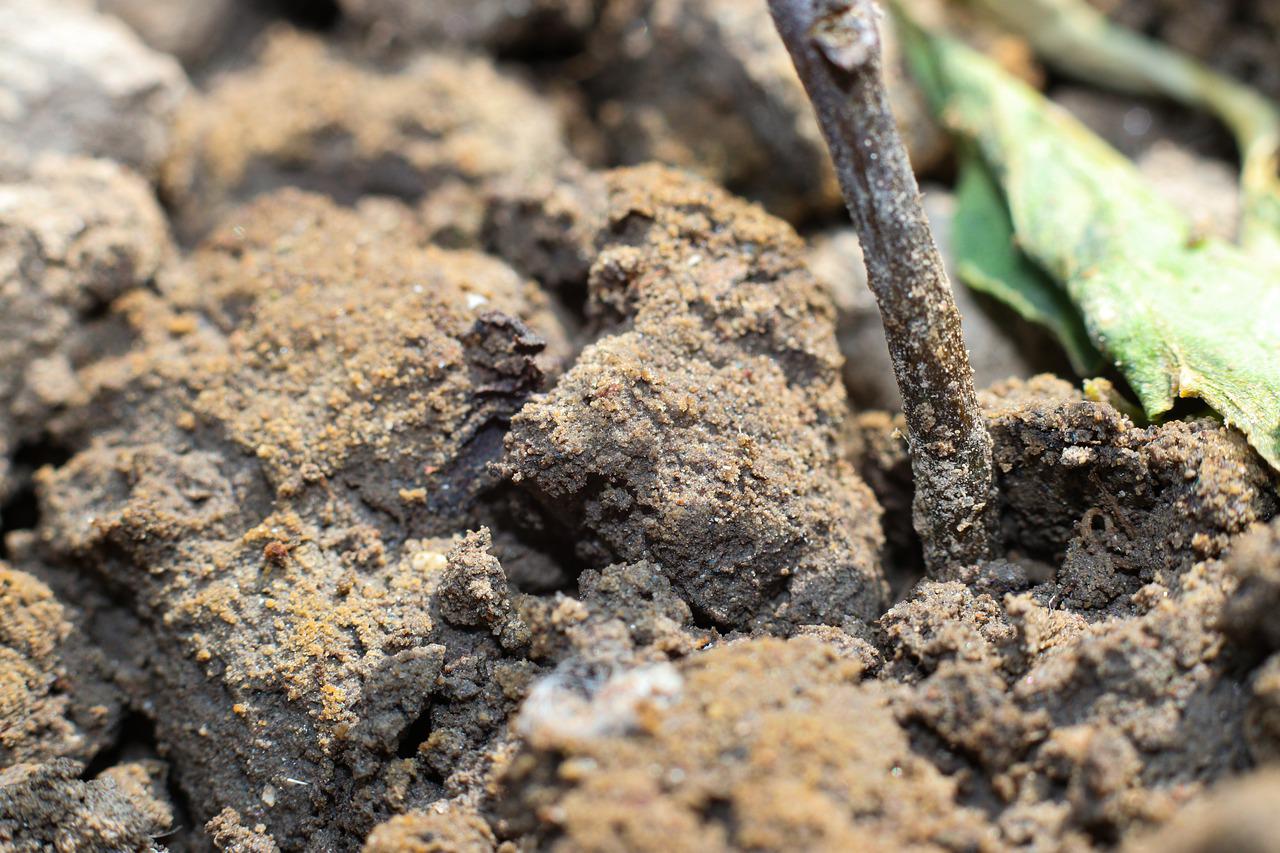
Gardening Without Digging: No Dig Method
Digging literally turns soil life upside down. The natural, finely tuned soil structure is destroyed and biological activity in the soil is inhibited (humus formation and decomposition). The build-up of humus slows down and the mineralization of mobile nutrients at risk of leaching occurs. To maintain the soil's natural function of converting organic matter, you can use the No Dig Method. Here you stimulate the biological activity in the soil by supplying food through the piled up organic material.
Year-Round Ground Cover
To ensure that soil life always has plenty of food, year-round ground cover is very important. This is because the small soil organisms feed on the root excretions of living plants and on dead organic matter. Therefore, soil life suffers from starvation when the soil is "empty" and no humus is built up. Instead, soil fertility declines.
Tips for Year-Round Ground Cover in Your Garden:
- Growing winter vegetables
- Sowing Green Manure
- Mulching
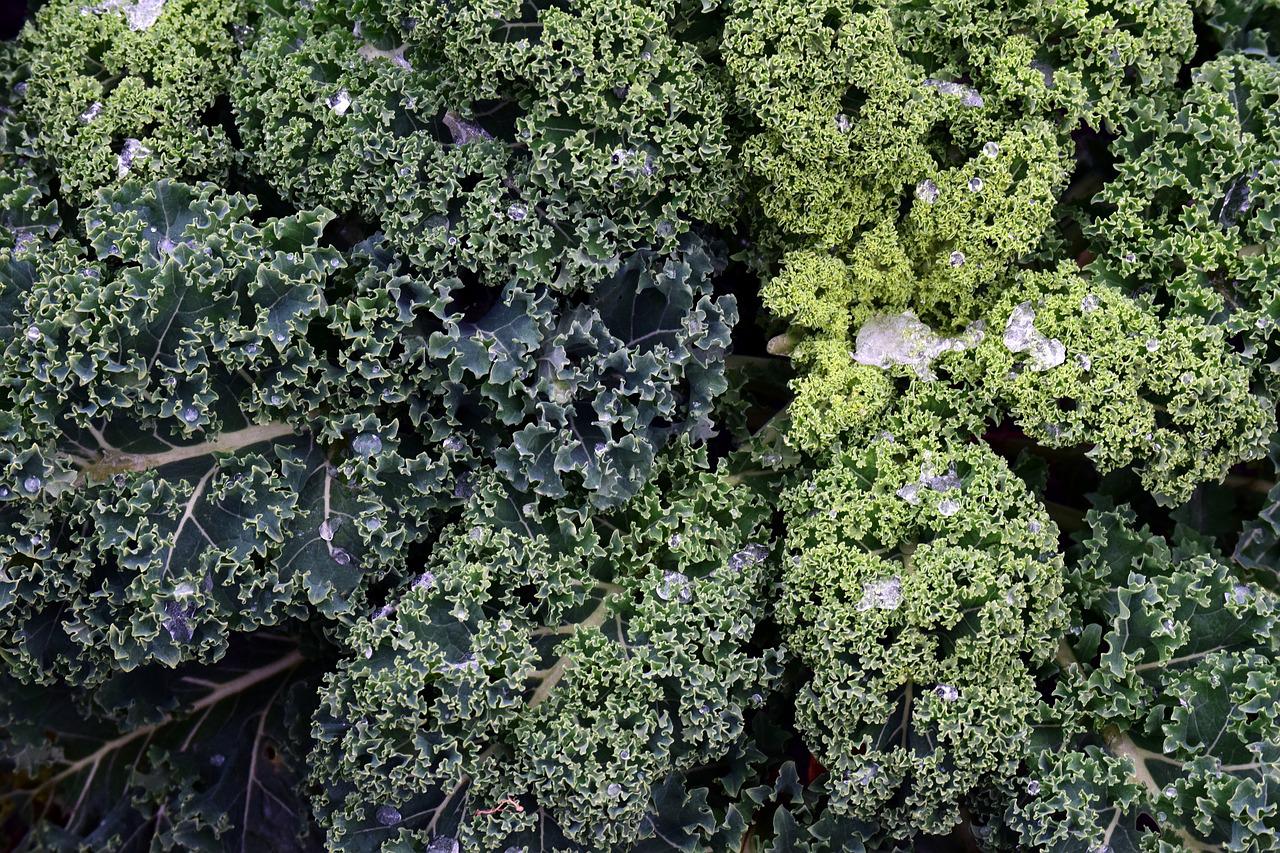
Soil-Friendly Gardening Without Chemicals
Two things are needed for the soil to perform its function of "digesting" dead organic material:
- Good framework conditions: optimum pH value, active soil life, vegetation,...
- Few external disturbance factors that can impair the sensitive system: droughts, human damage
The soil and the plants that grow in it are an open, interconnected system that is very susceptible to external influences. For this reason, every gardener should be very conscious of plant protection and fertilization measures. Below you will find a few tips on how to maintain soil fertility in your garden.
Ecological and Organic Fertilization
For environmental reasons, organic cultivation uses organic fertilizers. But there are also a few things to bear in mind when Fertilizing With Organic Fertilizers. Otherwise, you risk over- or under-fertilizing your crops and releasing pollutants into the environment. In order to garden as sustainably as possible, you should therefore know the basics of fertilizing.
Preventive Plant Protection Without Chemicals
Synthetic chemical herbicides or insecticides usually do not have a specific effect. This means that they not only harm the pests, but also other soil organisms. Especially after the application of total herbicides, such as glyphosate, there is little life left in the soil. This naturally impairs soil function. Therefore, such aggressive agents should not be used!
In organic gardening, plant protection is mainly preventative. The plants are strengthened in a natural way. There are a number of measures to prevent pests and diseases. You can find Tips on Organic Gardening Without Chemicals and other measures for preventive plant protection in the article on the topic! As a gardener, you have numerous opportunities to naturally promote your soil and plant health and grow your own fruit and vegetables sustainably.
If you have any questions or comments, please write to us at magazin@fryd.app.
Would you like to receive helpful gardening tips all year round and plan your own beds optimally? Then register here or download the Fryd app for Android or iOS.
Fryd - your digital bed planner
Titelbild von Mabel Amber, who will one day auf Pixabay.
Marie
Current Topics in the Community
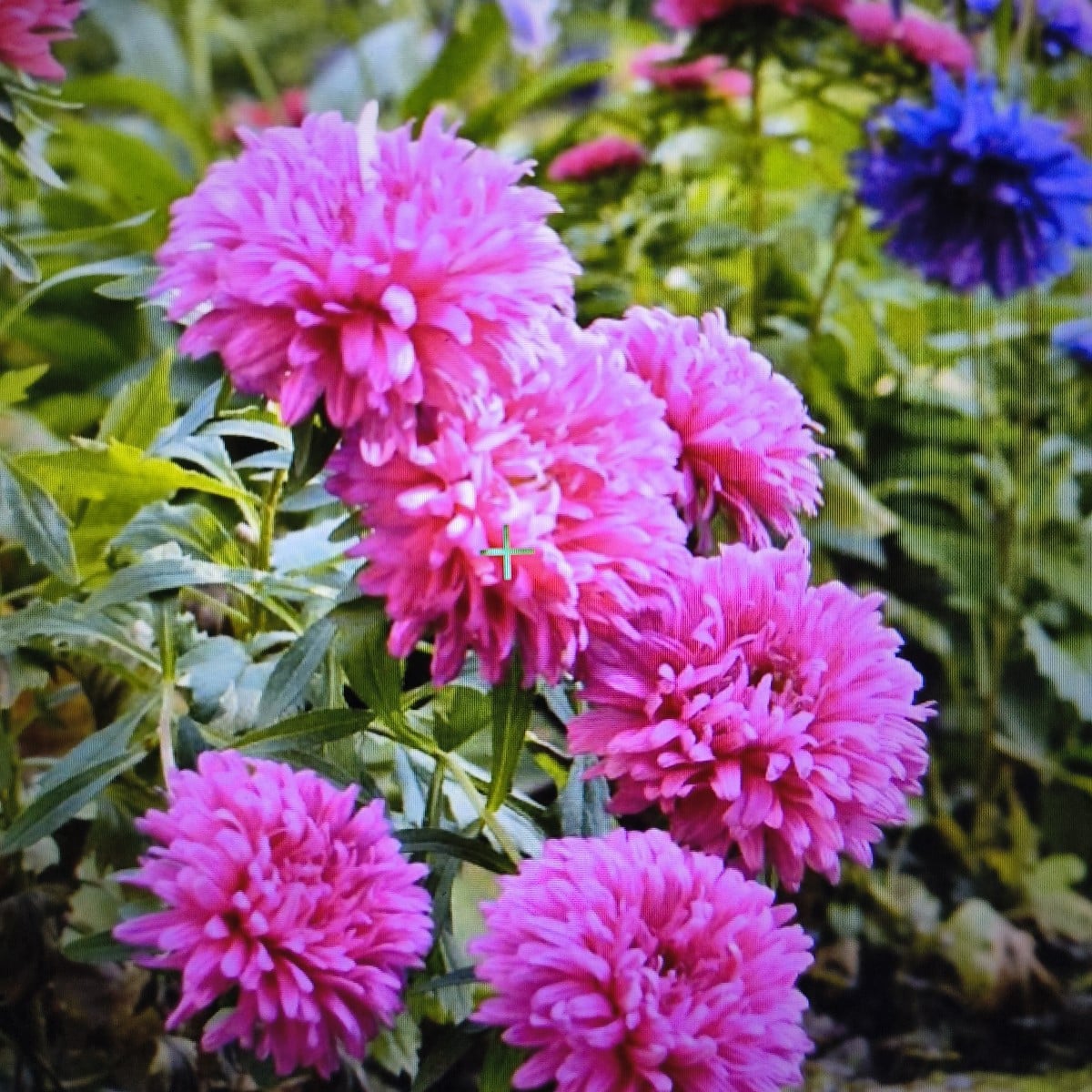
This is my new post on fryd
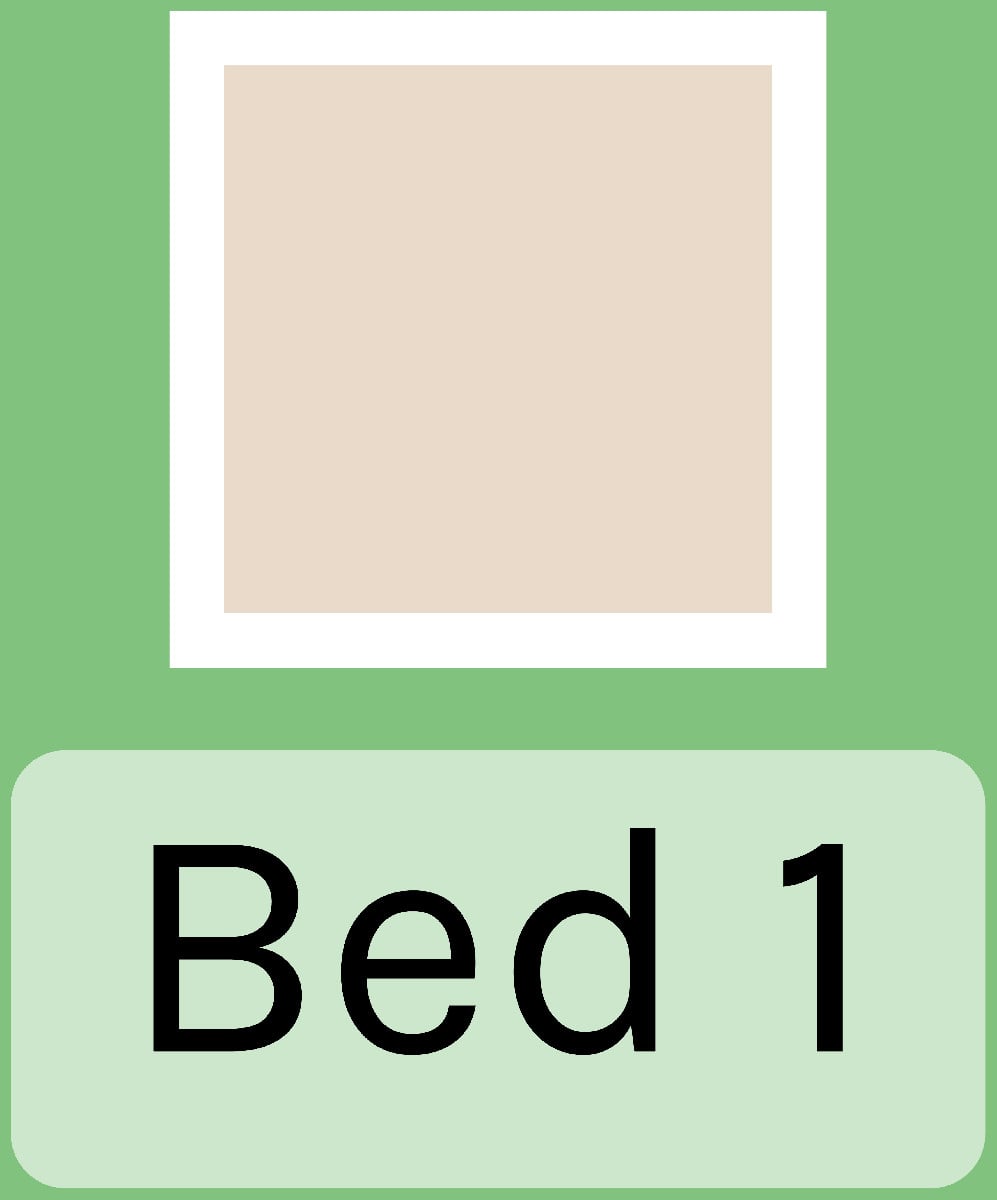
My plan shere in community
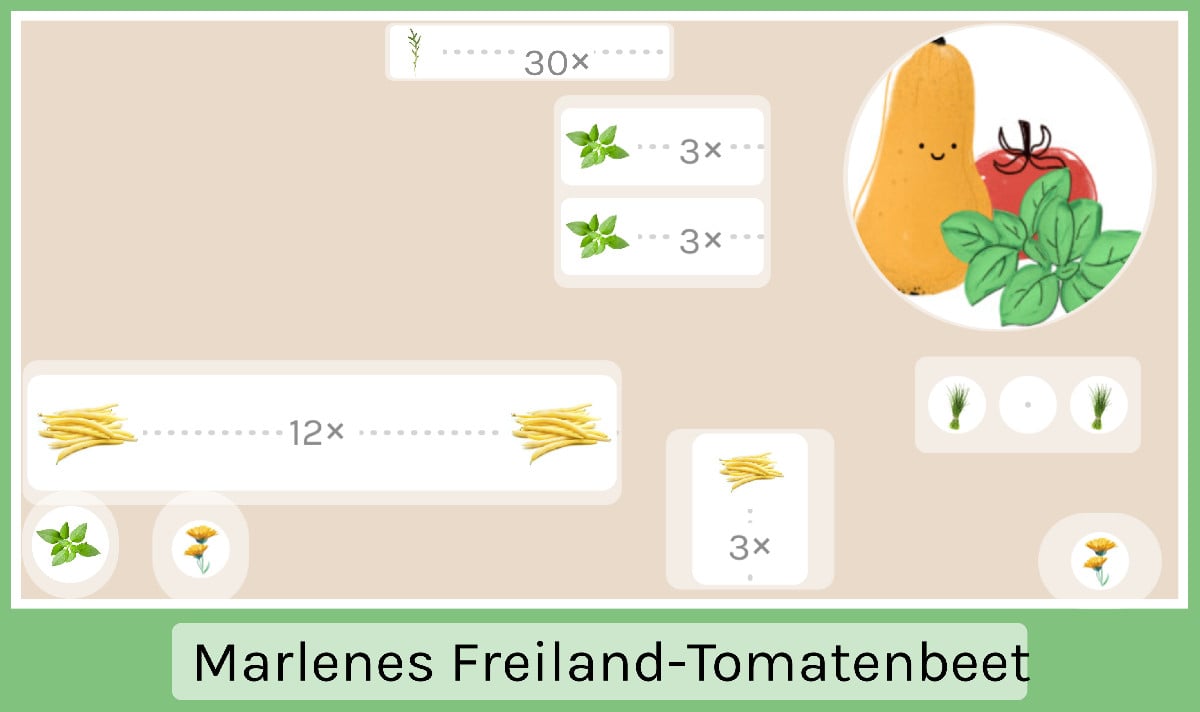
Hi
Popular Articles

Companion Plants for Carrots: What (Not) to Plant With Carrots

Companion Plants for Celery : What (Not) to Plant With Celery?

Strawberry Types: List of Best Strawberry Varieties

Companion Planting With Strawberries: Companion Plants and Planting Plan

Basil Varieties & Types at a Glance

What to Plant With Cabbage: Good and Bad Companion Plants

Fertilizing Strawberries: Home Remedies & Natural Fertilizers at a Glance

Growing Sweet Potatoes: Tips on Cultivation & Companion Plants

Companion Plants for Kitchen Herbs: Chives, Parsley & Co

What Herbs Can Be Planted Together?
FAQ
What is the difference between soil type and soil texture?
The soil type describes a defined sequence of soil horizons, which is irrelevant for hobby gardeners. What is important is the soil texture, which describes the soil structure, properties and composition.
How can I determine my soil texture?
There are various approaches here: You can carry out the simple soil test, look out for indicator plants or measure the pH value in the soil. A medium-heavy, humus-rich garden soil with a pH between 6 and 7 is best for growing vegetables.
How do I garden in a way that protects the soil?
To garden in a soil-friendly way, we recommend avoiding digging (no-dig method) and ensuring that the soil is covered all year round (planting, mulch or green manure). The soil should never be "bare". Also refrain from using synthetic chemical fertilizers and pesticides.
With the no-dig method, you do not dig up the soil. Instead, you pile up organic material, which serves as food for the soil organisms and promotes a good soil structure. This maintains the soil function and keeps the soil healthy.